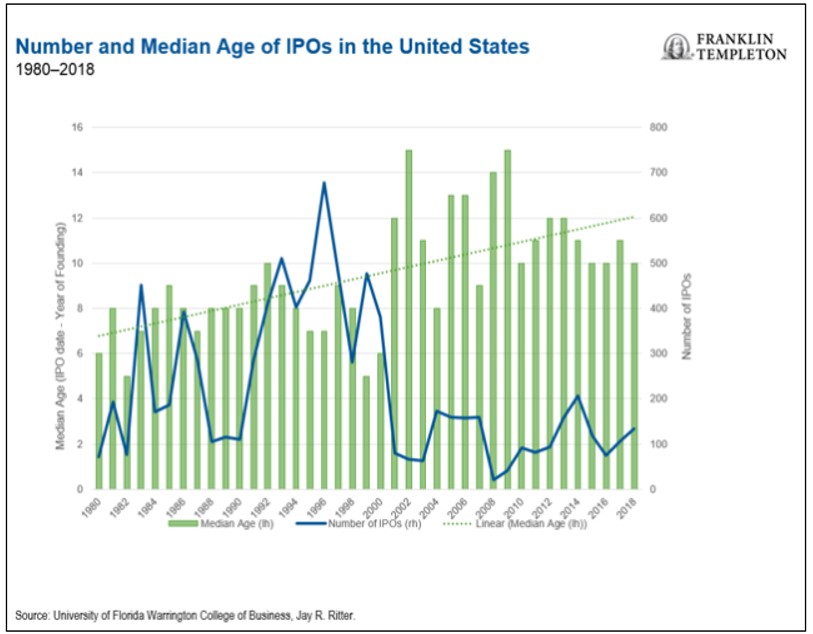Alt Investments
Some Private Equity Valuations "Incredibly Inflated", But Sector Has Legs - Conference

Industry figures said there are "red flags" around valuations in today's private equity market space, a sector that has drawn in heavy inflows from wealth managers recently.
Some private equity valuations are “incredibly inflated” and the
asset class is not immune to shifts in the economic cycle, but
structurally the sector is here to stay and an important
destination, attendees at an investment forum heard.
“There will be a cyclical, not structural, adjustment,” Jean Eric
Salata, chief executive, founding partner at Barings
Private Equity Asia, told the Wharton Global Forum in London
late last week.
With more than $1.0 trillion of unused capital, aka “dry powder”
in private equity alone, this publication has regularly been told
that some investors fret that yields will be squeezed. A few days
ago, Luca Paolini, chief strategist at Pictet Asset
Management, told this news service that private equity was
highly cyclical as an asset class with, in his view, few
diversification benefits at present.
Private equity has drawn in investments over recent years because
it pays higher returns than for conventional listed equities –
but the drawback is far lower liquidity. Private equity
investments are typically held in for about five years or so.
There has been some improvement as a secondary private equity
market has developed. According to figures quoted at the Wharton
forum, the assets of “secondaries” now stand at around $180
billion globally.
The median private equity deal was 12.9 times a measure of
company earnings, beating the previous record of 10 times
earnings in 2006, according to Murray Devine Valuation Advisors,
a firm based in Philadelphia, last year (source:
Institutional Investor, April 2018).
It appears that those involved in the asset class aren’t getting
unduly worried: Preqin,
the research firm tracking the sector, has reported that nine out
of 10 investors it has polled are satisfied with the performance
of the asset class, and 31 per cent intend to invest more in
private equity this year than they did a year before.
“You have to accept that this [private equity] is a long-term
asset class that will have cycles along the way. At the moment
valuations are incredibly inflated and this is a bit of a red
flag alert environment,” Salata said. He was speaking alongside
Kurt Bjorkland, co-managing director, Permira Holdings,
and Afsane Jetha, managing partner and CEO, of Alta Semper
Capital.
Benefits of being locked up
Salata said there are some benefits to the lock-ups involved with
private equity – an investor has some freedom to wait in a
falling market to buy assets at cheap valuations and profit from
subsequent gains. “That is what appeals to people about the asset
class,” he said.
Private equity is often measured by the “vintage” of a fund (like
wine, the starting point is from when the fruit is picked) and
practitioners suggest investors hold a blend of vintages so that
funds coming towards the end of their “normal” investment life
sit alongside younger ones.
A figure mentioned by panellists was how there are $500 billion
or more of private equity investments in funds created before
2008 – the year of the financial crisis.
Permira’s Bjorkland argued that evidence suggests privately-held
firms (rather than those listed on public markets) tend to be
more robust financially and that a lot of young entrepreneurs
today don’t think the ideal end-point is an initial public
offering, as might have been the case more than a decade ago.
Data suggests that firms are staying “private for longer” than
was the case, say, during the 1990s dotcom boom. On the other
hand, the development of a secondaries PE market suggests that
investors seek exits if the older route of selling shares becomes
less available.
